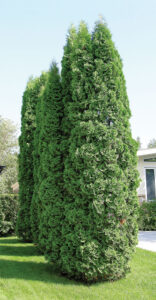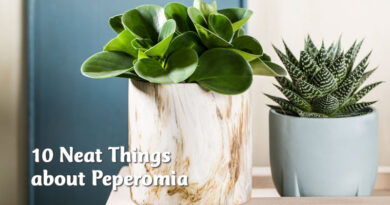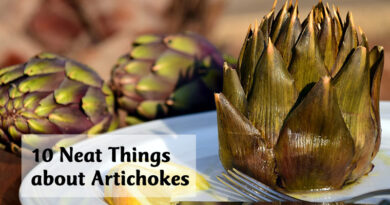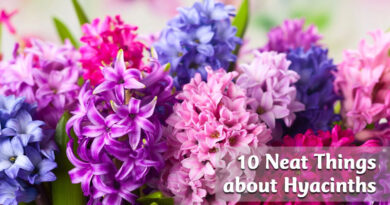Cedar Trees in Winter
Of all the trees in your garden, the one that causes the most grief over winter is the cedar. The reasons for this very frequently have to do with dehydration.
Cedars, like other evergreens, do not go completely dormant in winter. They continue to photosynthesize, albeit at a much slower rate. This doesn’t mean they are actively growing during this time, but they are “breathing”, expiring small amounts of moisture as they do so.
To protect moisture as much as possible, evergreen leaves are covered with a waxy coating and they have tight stomata (the breathing pores on the underside of leaves and needles). But even with these protections, they are vulnerable to moisture loss.
Warm sunny days in the latter part of winter are the days of greatest risk. Dark winter needles absorb the sun’s heat, raising the temperature of the needles higher than the air around them. Internal vapour pressure increases and moisture is lost. If this is coupled with wind, then the moisture loss is exaggerated.
Cloudy days, even with wind, are far less threatening. The clouds block the sun’s energy and the wind cools the needles.
The importance of water

Water cedar trees in fall and during droughty parts of summer. They need to have enough water resources to get through the winter. The tree will store a certain amount of water internally, but on warmer days, it also takes up water from below the frost line under the surface of the soil Remember, soil does not freeze all the way down – the depth of frost will depend on air temperatures and snow cover. If there is no water in the soil, the tree has no additional resources to call upon.
Where and what to buy
You also need to ask about the zone tolerance of the tree before purchasing it. Trees purchased from American based chains are generally Smaragd cedars or Emerald Green cedars, the most popular ornamental cedar in the U.S. While the USDA rates these trees as hardy in zones 3 to 8, this may be a bit optimistic in areas where the temperature change can be severe. As well, chain vendors often hire inexperienced people to work in their greenhouses for the season and trees can often be damaged by improper care.
A better alternative to Emerald Green cedars for harsher climates is the Brandon cedar. It grows to 12 feet with a spread of three feet and be expected to live 50 years and beyond.
Check when you buy the trees to make sure that the root ball hasn’t been allowed to dry out. Better yet, buy from a local garden centre. Most of them guarantee their tree stock for at least one year.
Planting
Cedars need special care in planting, especially in clay soils where roots may have difficulty penetrating the area outside the original root ball. When backfilling, use the clay soil you dug up for the tree amended with a bit of peat or compost. Dig your planting hole a bit wider, but no deeper than the soil level in the container the tree was purchased in. Planting too deep can cause suffocation – cedars are fairly shallow rooted.
Be careful where you plant. Avoid locations where the tree roots would be immersed in water or suffer prolonged overwatering, as can happen in gardens that have automatic sprinkler systems that operate every day. All trees need is 25 to 30 minutes of water no more than twice a week.
Should you wrap your trees?
As for wrapping your cedars, don’t. In the first few years, you may want to provide a screen to protect the trees from prevailing winds and sunshine. You can do this with a burlap “tent”, being careful not to touch the actual leaves (which aids in drying – just what you want to avoid), or simply construct a wall of burlap to check the wind and sun.




